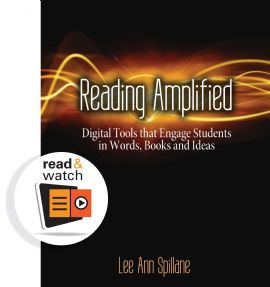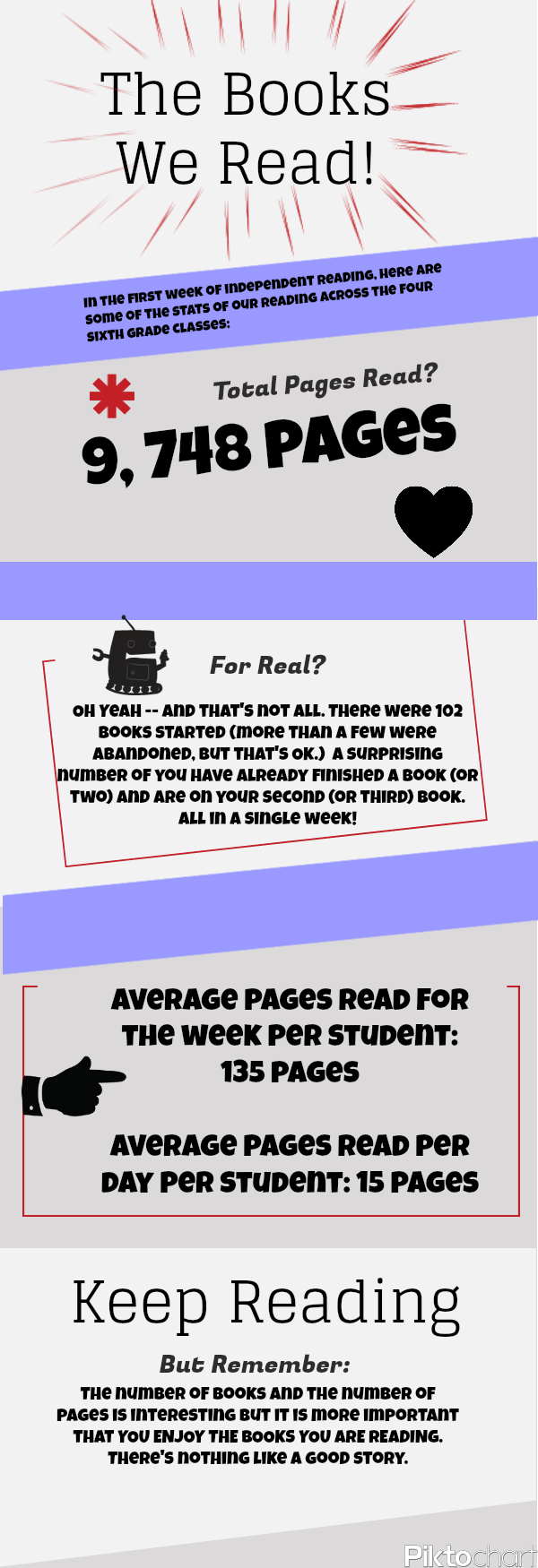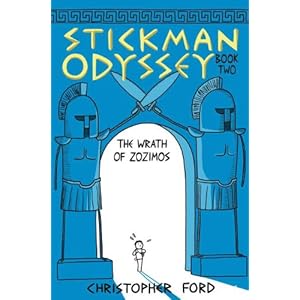
Now here is a book with some sass! The Periodic Table of Elements with Style, by Simon Basher and Adrian Dingle, is an interesting mix of informational text about the periodic table of elements mixed with fictional stories, as told from the viewpoint of the elements themselves as a way to provide insights into each elements. I didn’t realize it until I turned the small, square book over, but this is one of a series of books in science that the two have done that keeps the theme of light-hearted informational text going.
Here, each element has a funny little drawn image that reminds me a bit of Pokemon, and the text is manageable and lively. Take this opening to Arsenic (one of the Nitrogen Elements), as an example:
“Make no mistake — I am a deadly element. A murderer’s delight and a master of disguise. One minute I’m a grey-colored metal, the next a yellow-colored non-metal, and my furtive ability to hide with ease and avoid detection makes me a favorite choice of the poisoner.” (86)
Or how about Calcium?
“They call me ‘The Scaffolder’ because I make up a large portion of the parts that hold you together — your skeleton and teeth.” (26)
Each element page includes not only the short, accessible text (although you can see some vocabulary words that might need dissecting), but also the year it was discovered, the density of the element, as well as the melting and boiling points. From a science perspective, the book is an engaging informational text. From the literacy perspective, the book nicely demonstrates how we can weave in fictional, point-of-view writing with science information, with some fun art thrown in. I could see this book being a nice mentor text for a science class activity around literacy. Which is exactly what the Common Core is requiring us to do, right? Bring literacy into the ELA classroom and bring content-area learning into the ELA classroom.
Peace (on the table),
Kevin








